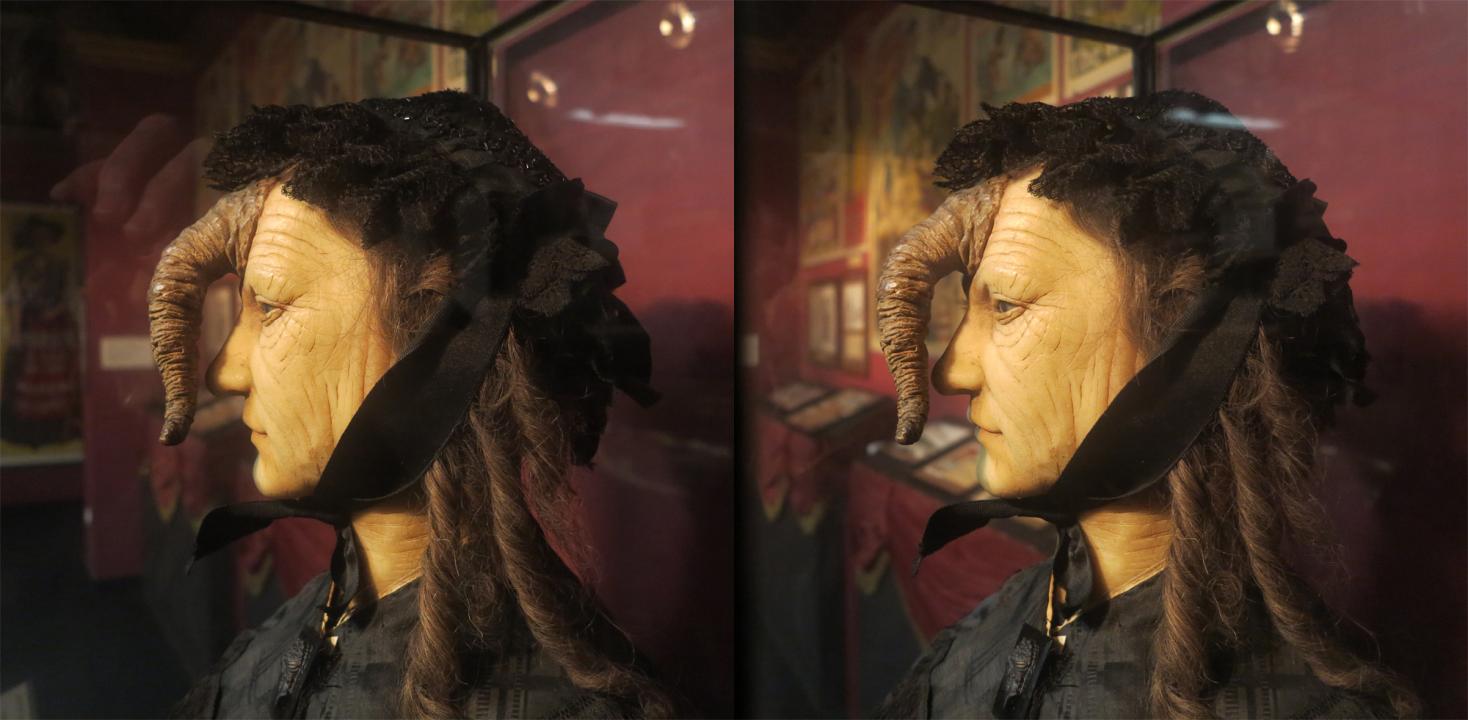Munich 3D
July, 2015 PhotographyGallery FOE 156, Munich, Germany
Munich 3D is a series of stereoscopic images produced as part of a residency and exhibition Electric? at Gallery FOE 156, 8th-28th July 2015.
You can ‘freeview’ these images by staring at the two images and slightly crossing your eyes until you see three separate images. Now relax and focus on the image in the middle- it should appear in 3D. This can take a little practice and patience.
Or - you can view them using one of the three tripod viewers at Gallery FOE 156, using your mobile phone or the series of stereo cards provided.
Or - you can view them using one of the 50 cardboard viewers distributed during the opening of the exhibition on the 23rd July 2015
A series of collages were made over the period of the residency using found materials and postcards. These were then photographed and made into stereo images for viewing through three tripod based antique viewers, on line and through the free cardboard viewers provided at the opening of the exhibition. Also included are a series of 3D photographs of Munich museum interiors made as part of on-going research into the history of science and museums display.
In 1838, Charles Wheatstone, inventor of the stereoscope, published a paper that provided the scientific basis for stereography, showing that the brain unifies the slightly different two-dimensional images from each eye into a single object of three dimensions. The term "stereo" is derived from the Greek word for “solid,” so a “stereograph” is a picture that depicts its subject so that it appears solid. In the nineteenth century photography was embraced as a medium that, unlike any other, presented the “truth” through exact rendering of a scene and photographic Stereographs seemed even more real by simulating three dimensions. Munich 3D exploits this attitude, depicting insubstantial visions as three-dimensional forms inhabiting physical space.























